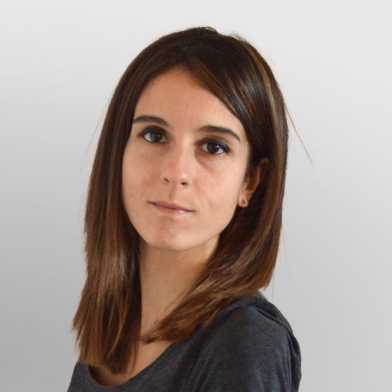News
“The way that our cities, houses and flats are built right now makes us feel dependent.”

For many people, architectural norms create barriers to accessibility. How might we re-imagine our built environment to make it more inclusive?
Strengthening the Swiss electricity grid with copper and brains

A secure supply of electricity from renewable energies can only succeed if we also modernise the grid infrastructure. At the Energy Science Centre (ESC), ETH researchers are looking for smart ways to make the electricity grid fit for the energy transition without expensive expansion.
His delicate filament scaffolds allow cells to grow perfectly

Pioneer Fellow Hao Liu uses lasers to produce microfilament structures to grow biological tissue in the lab for research and medicine – from muscle tissue to cartilage. Now he’s working to ready this technology for the market.
Seeing-eye canes and robotic guide dogs

This past weekend, 67 teams from 24 countries competed in ETH Zurich’s Cybathlon – fighting not only for victory, but also for the advancement of assistance technologies that are more suitable for everyday use. The third edition of the competition for people with disabilities and experimental assistive technologies was a complete success.
“Geoengineering will not solve the problem of climate change”

A team led by ETH climate researcher Sandro Vattioni has shown that diamond dust released in the atmosphere could be a good way to cool the climate. However, it is still not a sustainable solution to climate change, says Vattioni in an interview with ETH News.
The road to Net Zero is rocky, but feasible

A sustainable transition to a climate-friendly and biodiversity-rich Switzerland is only possible if we tackle the energy transition, climate change mitigation and biodiversity loss together. This will not be easy, but it is worthwhile and ultimately indispensable, says Reto Knutti.
Sit back and move forward with ease

Steering and navigating manual wheelchairs on pavements costs wheelchair users a lot of energy and places a strain on their joints. Two ETH employees have discovered a brilliant and simple solution that they are now developing further to bring to market.
The best ETH invention: presenting the Spark Award finalists for 2024

The prize for the best invention at ETH Zurich 2024 will be awarded on 21 November. An overview, complete with videos, of the five technologies that made it to the final.
How law-abiding is AI? ETH researchers put it to the test

The EU AI Act is designed to ensure that AI is transparent and trustworthy. For the first time, ETH computer scientists have translated the Act into measurable technical requirements for AI. In doing so, they have shown how well today's AI models already comply with the legal requirements.
Team RSL at Cybathlon: when four legs are another pair of hands

Taking place for the first time at Cybathlon 2024 is the Assistance Robot Race, with ETH represented by Team RSL. When paraplegic pilot Sammy Kunz navigates the course, a four-legged robot will be at his side.
Catching prey with grappling hooks and cannons

Researchers at ETH Zurich have analysed down to the smallest detail the unusual arsenal of weapons that a predatory marine bacterium has at its disposal. Perhaps one day these weapons could also be put to use in medicine.
Biofabrication should be sustainable

While living matter can advance technology and render human activities more efficient and eco-friendly, the way in which we currently fabricate materials containing living cells is far from sustainable. Miriam Filippi calls us to rethink our biofabrication practices.